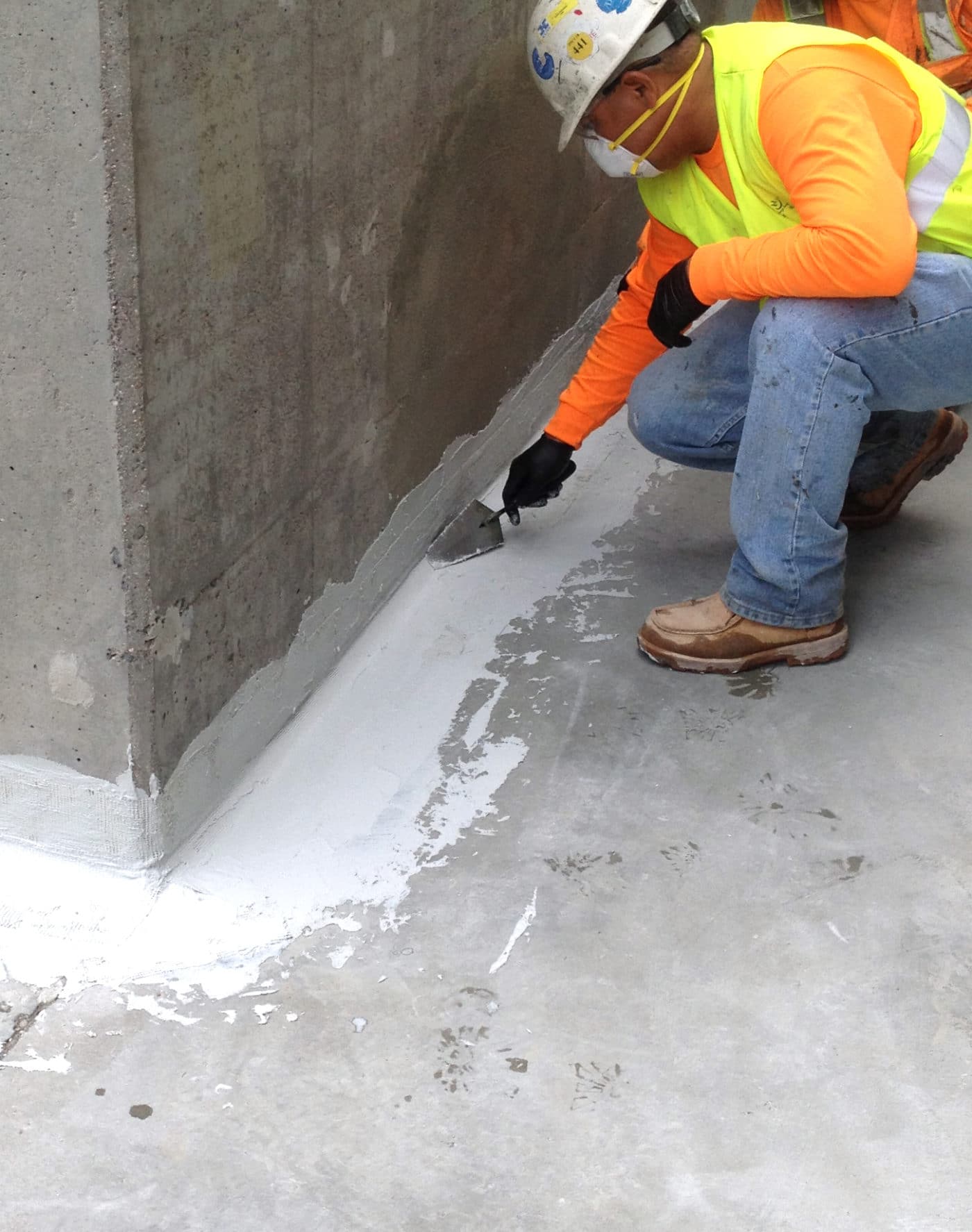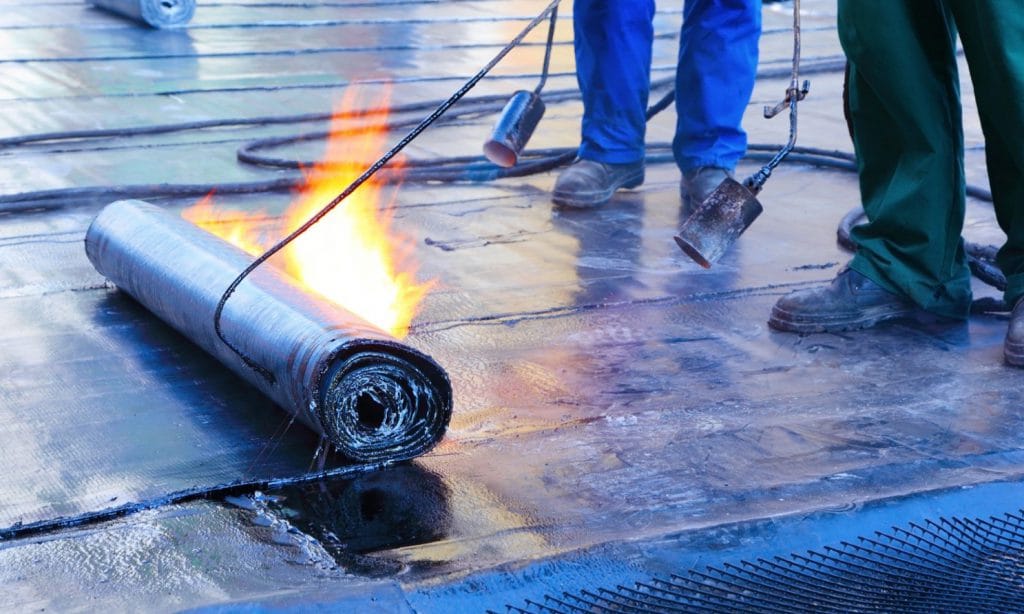Types of Waterproofing: Checking Out the Various Techniques and Their Applications
Waterproofing is a crucial facet of building and upkeep. It protects frameworks from the detrimental impacts of water damage. There are a number of techniques offered, each with its special applications and benefits. From membrane layer systems to cementitious solutions, comprehending these options is crucial for effective application. The choice of waterproofing technique can considerably influence durability and long life. Checking out these numerous strategies reveals their distinct advantages and potential obstacles, motivating more consideration of optimal services.
Membrane Layer Waterproofing Solutions
Membrane waterproofing systems work as a crucial barrier against water invasion in various structures. These systems normally contain slim sheets made from products like rubber, polycarbonate, or bitumen, which are related to surface areas to stop wetness infiltration. They can be set up above or below quality and are specifically efficient in areas prone to high water exposure, such as basements, roof coverings, and foundations.The setup procedure includes cleaning up the substrate, applying adhesives or primers, and specifically fitting the membrane to guarantee complete coverage. Membrane layer systems can be either totally adhered, mechanically affixed, or laid loose, depending on the specific demands of the task. They provide sturdiness and versatility, suiting structural movements without jeopardizing their waterproofing abilities. Additionally, these systems can be strengthened with extra layers for improved defense. Eventually, membrane layer waterproofing systems are important for guarding structures versus water damages and preserving long-lasting stability.
Liquid-Applied Waterproofing Coatings
Liquid-applied waterproofing coatings offer a versatile service for securing surfaces from water seepage - Drainage & waterproofing company Omaha. These coatings include fluid products that, when used, form a smooth, flexible membrane. Their versatility enables application on numerous substrates, including concrete, steel, and wood. The layers can be used in varied settings, from property to industrial settings, making them appropriate for roofings, foundations, and below-grade structures.One significant advantage of liquid-applied layers is their ability to adapt to uneven forms and penetrate splits, developing a robust obstacle versus moisture. They often exhibit exceptional bond homes and resistance to UV radiation, ensuring longevity and durability. Additionally, the application process is usually uncomplicated, enabling fast installation and decreased labor prices. This approach additionally minimizes the danger of water merging, as the continuous layer properly routes water away from prone locations. Generally, liquid-applied waterproofing layers are an efficient selection for extensive water security
Cementitious Waterproofing Solutions

Cementitious waterproofing remedies supply a robust choice for frameworks requiring trustworthy dampness defense. These systems mainly use a blend of concrete, sand, and chemical additives to produce a waterproof obstacle. They are commonly related to surfaces such as concrete wall surfaces, structures, and floorings, supplying a long lasting, durable defense versus water intrusion.One of the essential advantages of cementitious waterproofing is its convenience of application; it can be used making use of a brush, roller, or spray, making it suitable for different project dimensions. Additionally, this approach is compatible with several surfaces and can usually be utilized along with other waterproofing techniques.Cementitious solutions are specifically effective in settings where water direct exposure is a worry, such as basements or below-grade frameworks. Their exceptional bond residential or commercial properties guarantee that they bond well with substrates, offering a strong and nonporous layer versus wetness penetration.
Bentonite Waterproofing
Bentonite waterproofing is a very efficient approach that uses sodium bentonite clay to create a natural obstacle against water. This technique manipulates the unique residential or commercial properties of bentonite, which expands upon call with water, securing any prospective leakages and stopping moisture seepage. It is typically utilized in various applications, consisting of structure walls, passages, and retaining wall surfaces, where water resistance is essential.Bentonite can be used in a number of types, such as panels or coverings, giving versatility in installation. Its capacity to self-seal makes it an eye-catching choice for locations based on shifting dirt or rising and falling water levels. Additionally, bentonite waterproofing is eco-friendly, as it helpful resources is an all-natural material that does not present damaging chemicals into the surroundings.
Drain and Exterior Waterproofing Equipments
Reliable waterproofing often entails a combination of strategies, consisting of drainage and outside systems. Drainage systems, such as French drains pipes and sump pumps, are made to reroute water far from frameworks, reducing hydrostatic pressure against foundations. These systems are important in stopping water build-up that can cause architectural damage and mold and mildew growth.External waterproofing, on the other hand, entails using protective obstacles to the building's exterior. Strategies such as the installment of waterproof membranes, finishings, or sealers can help stop water infiltration. This approach not only protects the structure yet also enhances the overall sturdiness of the structure.Together, drainage and exterior waterproofing systems develop a thorough Read More Here option to handle water effectively. By implementing these techniques, homeowner can secure their investments against the destructive impacts of wetness, making sure long-lasting security and security for their structures.
Regularly Asked Questions
How Do I Pick the Right Waterproofing Approach for My Project?
Selecting the best waterproofing technique depends upon aspects such as task type, ecological problems, budget plan, and wanted longevity. Evaluating these elements permits educated decisions customized to particular demands and requirements.

Can Waterproofing Be Applied in Winter Conditions?
Waterproofing can be applied in cold weather condition conditions, however it requires details materials and strategies. Cold temperatures may affect treating times and bond, requiring mindful selection of products created for low-temperature application.
What Are the Typical Indicators of Waterproofing Failure?
Usual signs of waterproofing failure include noticeable water stains, peeling paint, wet odors, mold and mildew development, and cracks in walls or foundations. Foundation waterproofing Omaha. These indicators recommend that moisture is passing through the barrier, endangering its performance
For How Long Does Waterproofing Last Prior To Needing Maintenance?
The longevity of waterproofing varies, normally lasting between 5 to 10 years. Aspects such as material top asphalt roof coating quality, environmental problems, and upkeep practices affect its toughness, necessitating regular inspections to assure reliable security against water breach.
Are There Eco-Friendly Waterproofing Options Available?
The concern of environmentally friendly waterproofing alternatives discloses an expanding rate of interest in lasting products (Landscape drainage Omaha). Numerous all-natural materials, such as plant-based sealants and recycled products, offer reliable services while reducing environmental impact, attracting ecologically conscious customers